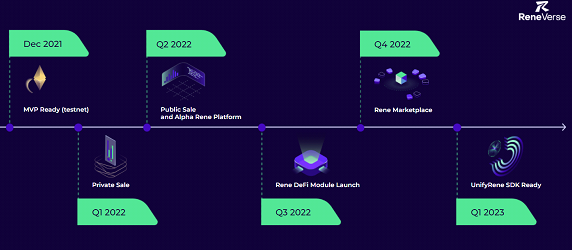Reneverse Tokenomics Part 2
ReneVerse Governance Portal
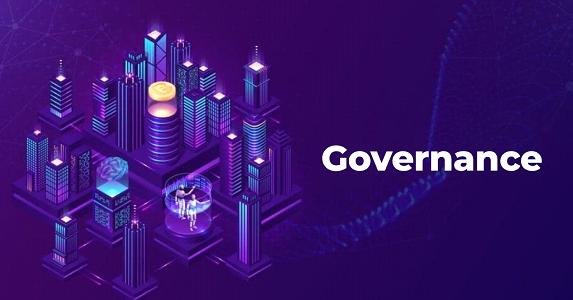
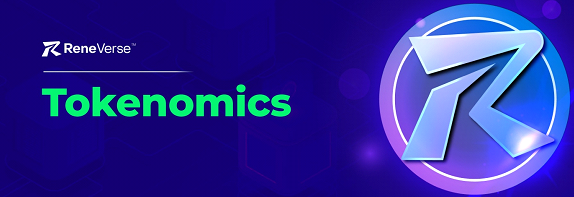
ReneVerse Governance Portal
The ReneVerse Governance Portal will vote on important considerations of network and site operation. Rene token owners will participate in decision-making in proportion to how much Rene they own.
The DAO will work in partnership with larger network participants to seed funding for certain ecosystem project development, grant programs, and incentive-based events. Ecosystem participants can vote on the operation and future development of the network through the DAO.
Treasury Pool
The Treasury Pool functions primarily as a fund for all internal expenditures aimed at growing the ecosystem. A percentage of the sales revenue generated by game developers will fund this pool. Eventually, all fees will be pegged to a stablecoin so that the value of fees stay low, as high fees would discourage use and may decrease revenue for both gamers and developers. Treasury funds which are derived from ecosystem revenues are used to automatically buy back Rene from the market. The buyback metrics and conditions will be set within the pool governing smart contract to provide transparency on this essential market function. Rene investors will always know the solvency and liquidity of the Treasury Pool and its probable use of funds to buy back Rene.
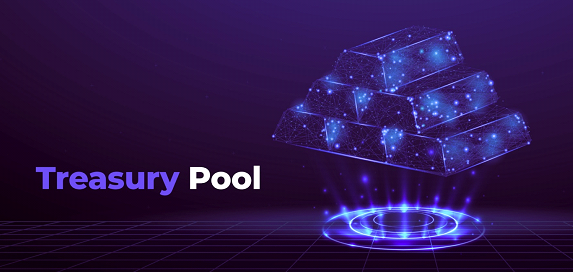
This mechanism functions similar to a dividend payout or profit-sharing model, where the profits generated from platform fees will increase. Any funds held in the reserve in excess of what is needed for sufficient liquidity may be used by the platform to buy back Rene in the market and to sustain its operations and perform general upkeep and maintenance. Rene may take a loan from the Treasury reserve to fund operations, expansion or other endeavours provided it pays back the loan with interest for any amount that is in excess of the base capital needed to maintain liquidity.
Incentive Pool
The Incentive Pool collects revenue from game players as they perform activities such as staking, renting, or trading their in-game NFTs. The Incentive Pool is used to reward game players with Rene for staking, and community members for their contribution.
The Incentive Pool also provides rewards and bounties for the community in order to encourage community investment in the ReneVerse ecosystem. Game developers receive an agreed percentage of revenues from staking and renting, from their game participants. The ReneVerse share of revenue is held in the Treasury Pool.
The solvency and liquidity of the Incentive Pool is maintained by making frequent transfers from the Treasury Pool. As the Incentive Pool’s funds are depleted below a specified threshold, additional Rene would be injected into the pool from the Treasury Pool subject to the following conditions set within a smart contract: automatic transfers are made from the Treasury Pool to the Incentive Pool to ensure that it never holds less than 85% of its initial pool supply.
Staking
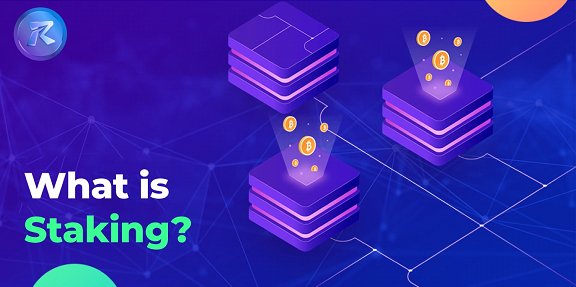
Rene holders can stake their token on the ReneVerse platform by pledging them in our Staking Account in return for Rene rewards. Fees generated by transactions on the site are pooled and part of this pool is distributed for staking. A portion of stated APR on staked Rene is derived from an incentive system powered by token staking. In this way, token holders that maintain their holdings within the platform and the ReneVerse ecosystem are incentivized for their participation.
Rene tokens used on the platform will be held in centralized wallets created and maintained by the platform. Token stakers earn investment returns and trading fees in Rene tokens as rewards for depositing their tokens to support the ReneVerse ecosystem. The returns (number of tokens rewarded) for each staker are dependent on several factors, mainly:
⦁ Price of Rene tokens
⦁ Proportion of staker’s share of the staked pool
⦁ Target incentive rate for staking
For example, game players stake NFTs which represent in-game assets, such as CSGO skins, on ReneVerse. ReneVerse is releasing 400,000 Rene tokens (assumed price of $0.1 per unit) in Month A from the Incentive Pool to reward stakers. If the aggregate value of ReneVerse staked pool is $200,000, an average staker gets a 20% return in Month A ($40,000 in dollar value paid out to a deposit of $200,000).
⦁ Each individual staker earns Rene tokens proportionate to its dollar value share of the staked pool.
⦁ If for Month A, the staker contributes $200 (0.1% of staked pool), the return for Month A would be 400 Rene Tokens (valued at $40), generating a 20% return.
⦁ The staking payout will therefore be dynamic, based on the market price of Rene tokens, number of stakers, value of items being staked per staker, and the target incentive rate to ensure an attractive return for supporting the ReneVerse ecosystem.
⦁ Stakers earn Rene proportionate their share of the staked pool; if they stake 1% of the pool assets they earn 4,000 Rene, or 1% of the available Rene incentives.
To estimate the value of in-game asset NFTs we will maintain a number of oracles to track their value. For example, we can easily monitor the value of CSGO skins and thus provide metrics for the value of NFTs which represent those skins. The value of in-game NFT assets can be derived from the P2P asset market within ReneVerse. In the case of NFTs from an external source such as CSGO skins, the prices will be tagged and updated from the Steam market through its API.
Renting

Rene holders can stake their game asset NFTs by lodging them in our Renting Account in return for Rene tokens. These NFTs can be rented by other game players for a defined period for a defined cost in Rene. This rental revenue will be shared with the original NFT owners excluding a 5% charge levied by ReneVerse.
Fees
Rene Transfers: Rene transfers outside of the ecosystem incur a standard Ethereum network transaction fee. Users transacting on the ReneVerse platform will pay a transaction fee of 5.0% per trade. These fees are paid in the exchange currency used. For example, buyers or sellers purchasing Rene’s from BTC, will receive or pay the equivalent exchange value of Rene less 5.0%. The accrual of earnings from these fees will be paid directly to the [Treasury] reserve.
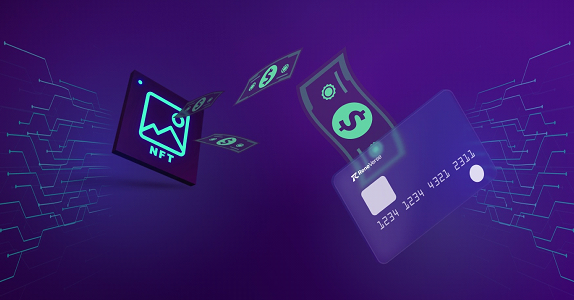
NFT Transfers between games: Users within ReneVerse can transfer their NFTs from one game to be used in another, based on the level of integration and item compatibility between the games. Such a transaction would be subject to a fixed cost of Rene per transfer, depending on the market price of Rene token. The cost may be pegged to a stablecoin once Rene appreciates. The earnings from these fees will be channelled to the Incentive Pool to maintain its operation.
Rene Flow Diagrams
At the Token Generation Event, two pools will be created: the Incentive Pool and the Treasury Pool. The Incentive Pool is designed to encourage activity on the network by distributing rewards to gamers and sharing revenue with developers. The Treasury Pool is designed to translate fiat cash reserves and Rene, and to maintain the solvency and liquidity of the Incentive Pool.
Rene Flows
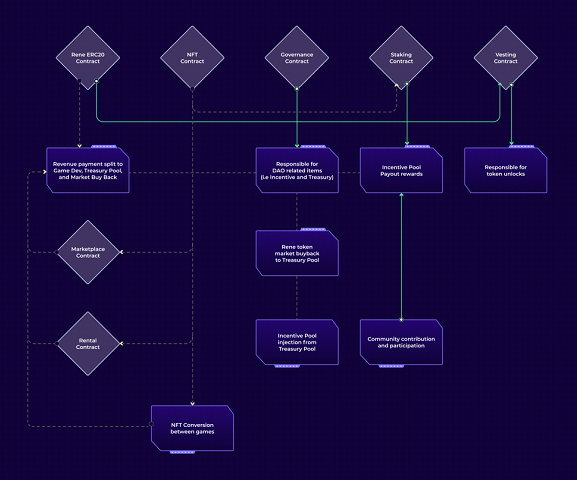
Major Milestones
By March of 2022, ReneVerse’s alpha version will be ready as a minimum viable product. The alpha release will include a conversion portal for a largely popular game, allowing gamers to convert their in-game items to NFTs on ReneVerse. Some DeFi features will also be in place, such as an initial version of the marketplace and staking capabilities.
The ReneVerse alpha version will be available to the public following our public sale. Game developers will be able to mint NFTs with a basic SDK, providing the first level of integration with ReneVerse. Initially, ReneVerse will launch on the Binance Smart Chain with support for ERC-1155 and ERC-721 standard, while multichain support will come later.
Major milestones include:
⦁ 2022 — Public sale.
⦁ Q2 ’22 — DeFi module will launch as well as the launch of the beta version of ReneVerse.
⦁ Q1 ’22 –Development team will choose a game for full integration with ReneVerse. This game will serve as an initial case study for how the interoperable metaverse will function.
⦁ Q3 ’22 — Rene Marketplace launch.
⦁ Q1 ’23 — UnifyRene SDK.
